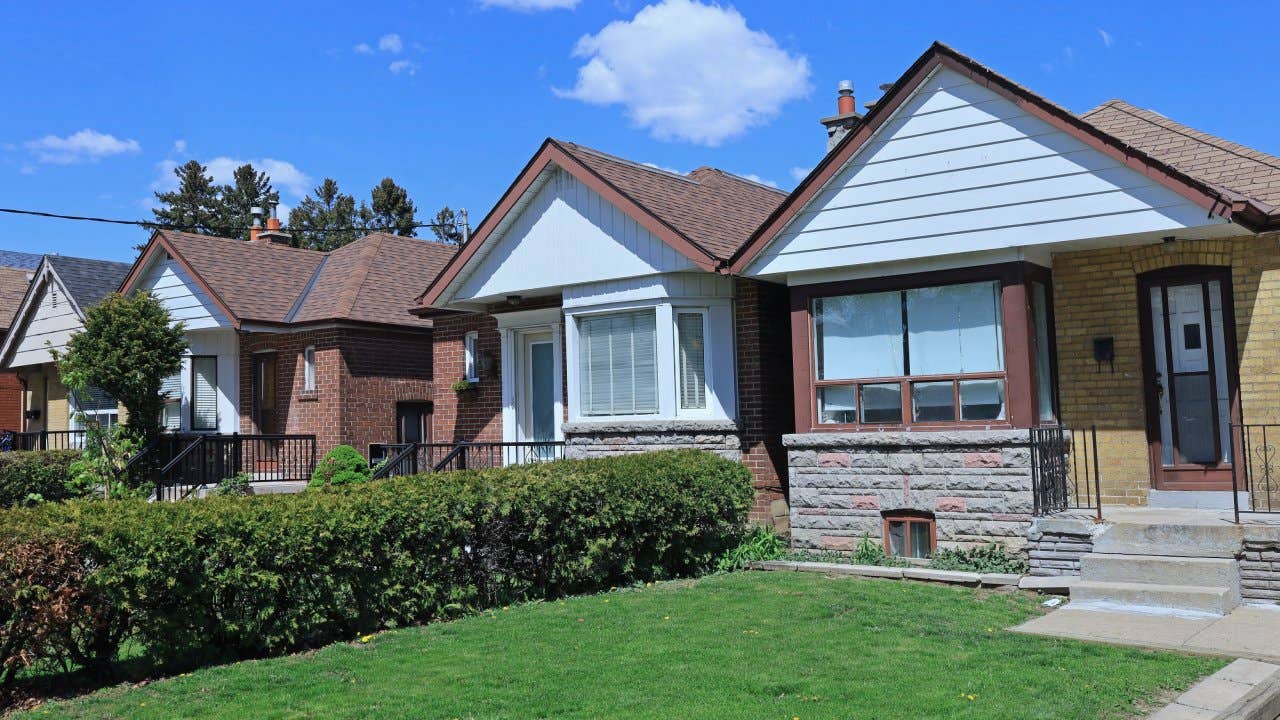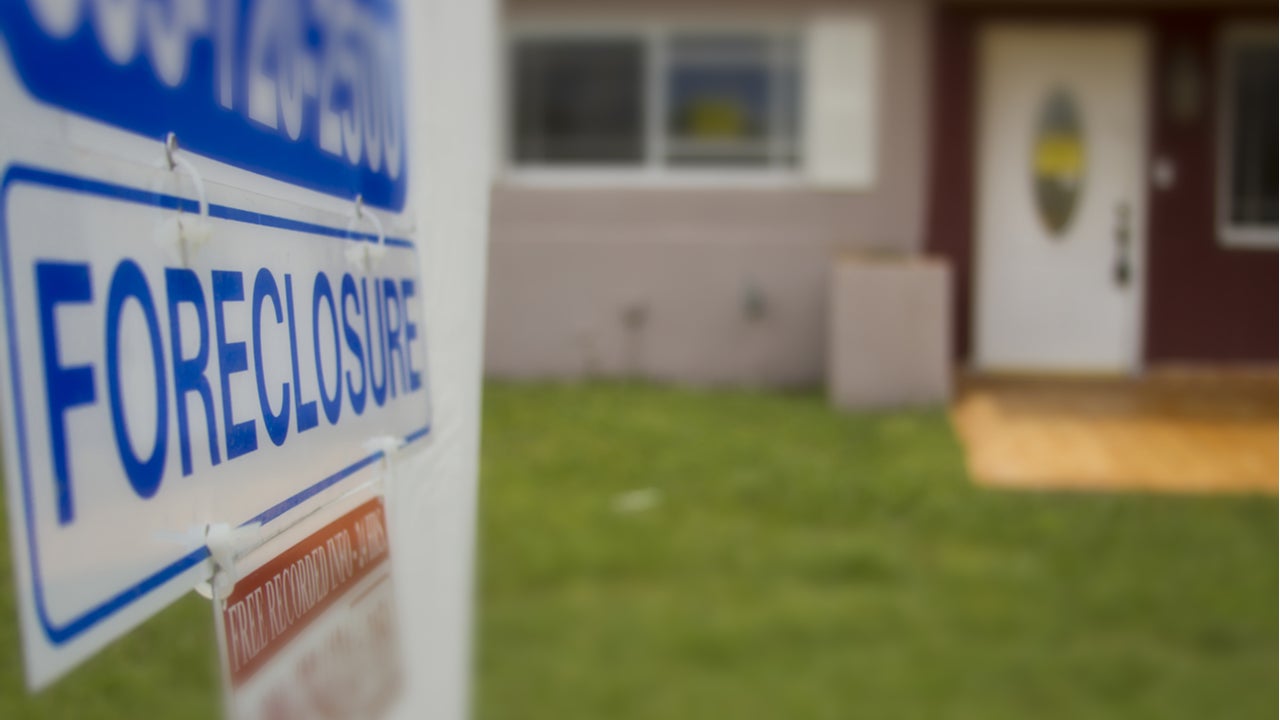What is judicial foreclosure?

In troubled economic times, some homeowners may unfortunately fall behind on their mortgage payments. Someone who is on the brink of losing their home may find themselves in the midst of a judicial foreclosure, a legal process in which a home is reclaimed by the lender via the court system. Here’s everything you need to know about how judicial foreclosures work.
Judicial foreclosure definition
In any home foreclosure, the lender takes back the property after the homeowner misses multiple mortgage payments. In a judicial foreclosure, this process is done through the courts — ie, the judicial system.
Judicial foreclosure requires the lender to file a lawsuit against the borrower to satisfy the unpaid mortgage loan. Lenders typically cannot take this step until 120 days after the first missed payment (in other words, after the fourth consecutive missed monthly payment). If the court finds in favor of the lender, the lender will typically schedule an auction to sell off the property.
This type of proceeding is permitted in all states, but it is actually required in about half. The states that typically require judicial foreclosure are:
- Connecticut
- Delaware
- Florida
- Hawaii
- Illinois
- Indiana
- Iowa
- Kansas
- Kentucky
- Louisiana
- Maine
- Nebraska
- New Jersey
- New Mexico
- New York
- North Dakota
- Ohio
- Oklahoma
- Pennsylvania
- South Carolina
- South Dakota
- Vermont
- Wisconsin
- Washington, D.C.
Judicial vs. non-judicial foreclosure
Judicial foreclosures are executed in the court system, meaning they involve a lawsuit. But more than half of states allow lenders to execute foreclosure proceedings without the supervision of the courts. This is known as non-judicial foreclosure. Even though the non-judicial foreclosure process is not supervised by the court system, the lender must still adhere to state law, and the process is subject to judicial review for validity and legality if necessary.
How judicial foreclosure works
While the process varies by state, in general lenders pursue the following course of action to initiate a judicial foreclosure:
- Notice of intent: Once a mortgage is unpaid for 120 days, the lender informs the borrower by mail that foreclosure proceedings will begin. This is usually referred to as a “notice of intent to foreclose” or a “breach letter,” and will contain specific information about the mortgage. The borrower has 30 days to respond — ie, to pay the amount that’s owed.
- Court filing: If the amount owed is not paid off after 30 days, the lender files a complaint with the court where the property is located. A copy of the complaint is also mailed to the borrower, who has another 20 to 30 days to respond. In some states or counties, the borrower has the right to request mediation at this point.
- Foreclosure auction: If the complaint goes uncontested or mediation is unsuccessful, the judge will order and schedule a foreclosure auction, during which the home will be sold to a new owner. Some states offer a “redemption period” — a set amount of time, typically 30 days, in which the original owner may be allowed to buy back the property. If this does not happen, the court will approve and ratify the auction sale. The original owner must then vacate the property — or be evicted — so that the new owner can move in.
One caveat: Things might proceed very differently if the borrower in default is an active member of the U.S. military. There are federal foreclosure protections in place for active service members, which may change this timeline significantly.
How long the process takes
The judicial foreclosure process is quite extensive and requires many court filings, procedures and waiting periods. The entire process, from first notice to completion, can take several years.
According to ATTOM Data Solutions, properties that were foreclosed in the second quarter of 2022 took an average of 948 days, or about two-and-a-half years, to be completed. Many of the states with the longest average foreclosure timelines were judicial-foreclosure states, including Hawaii (2,619 days), New Jersey (1,984 days) and Louisiana (1,901 days).
Bottom line
A judicial foreclosure is a legal method by which a mortgage lender can recoup their losses if a borrower defaults on their loan. Facing one is a long and agonizing process for any homeowner. If you are in financial distress and receive a notice of intent to foreclose, do not ignore it — talk to your lender. The Department of Housing and Urban Development (HUD) also offers housing counselors and programs that may be able to help.
Why we ask for feedback Your feedback helps us improve our content and services. It takes less than a minute to complete.
Your responses are anonymous and will only be used for improving our website.
You may also like

What is a deficiency judgment?





